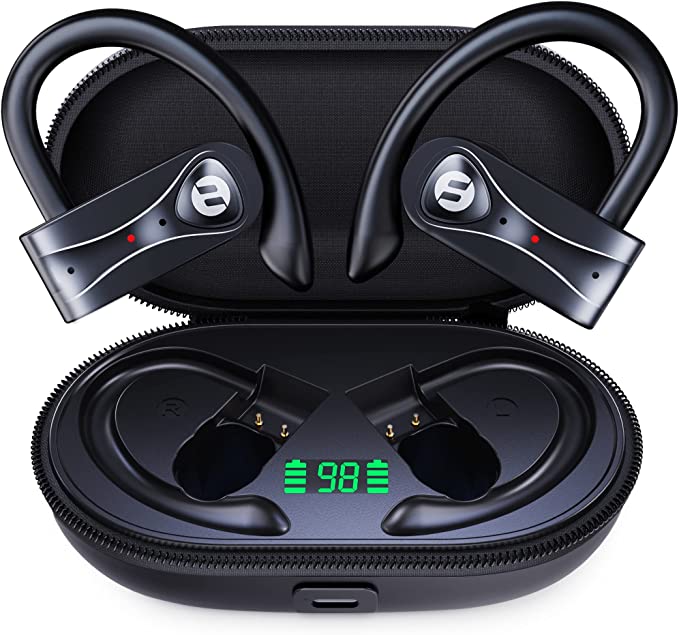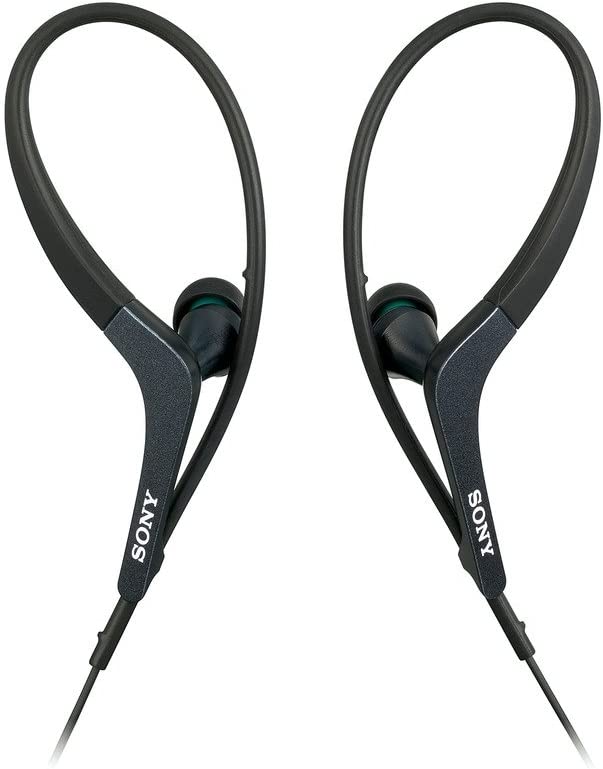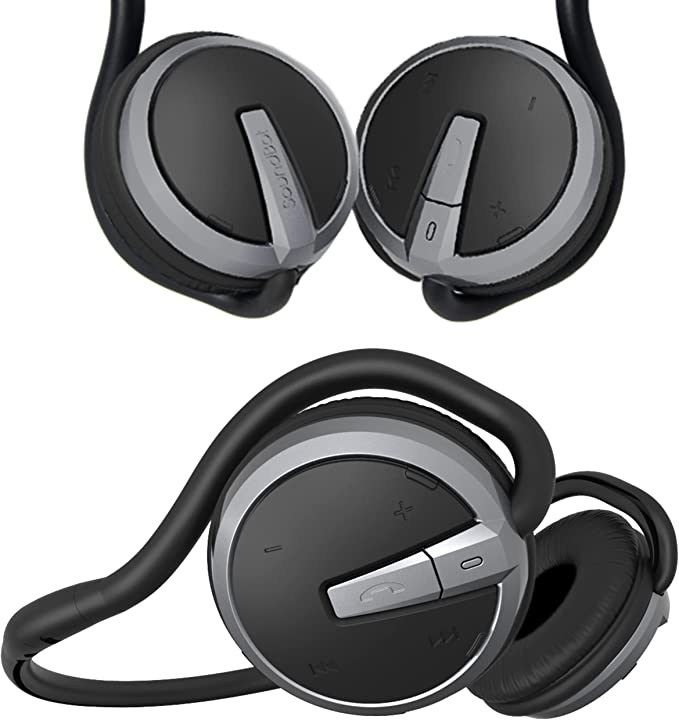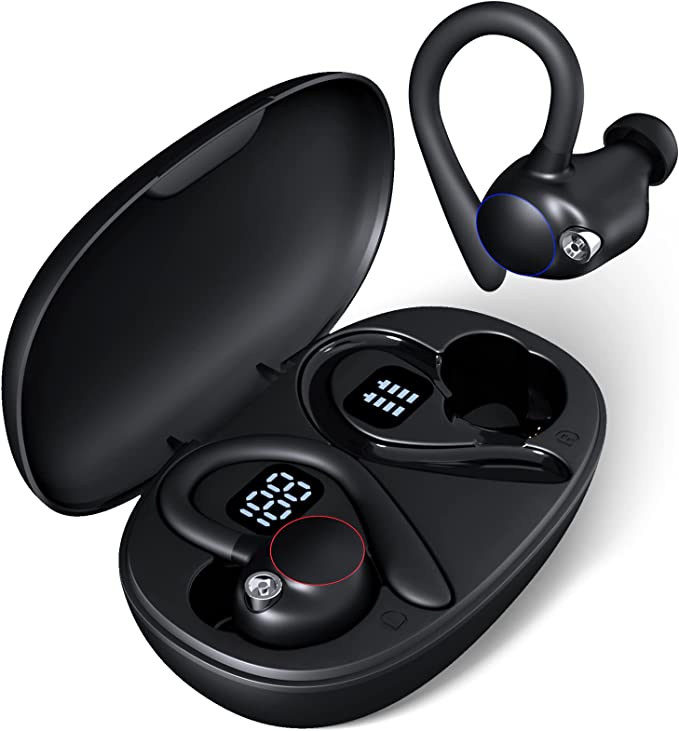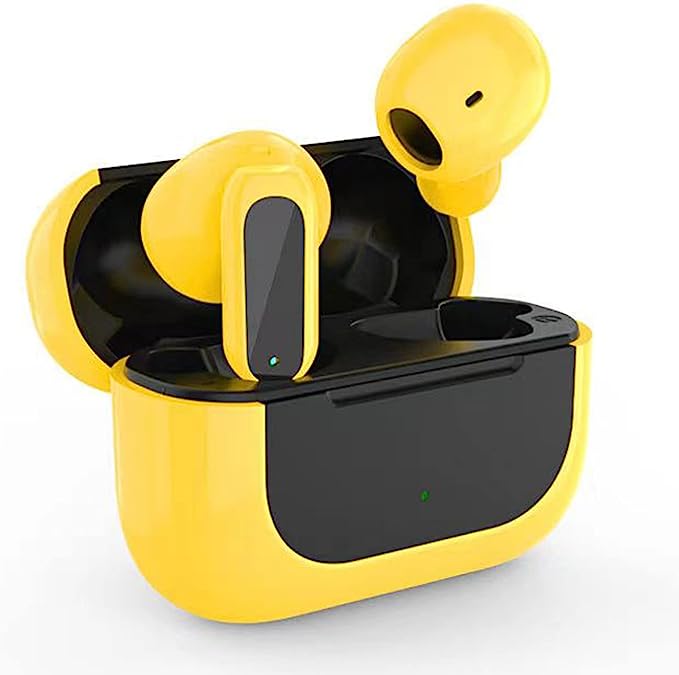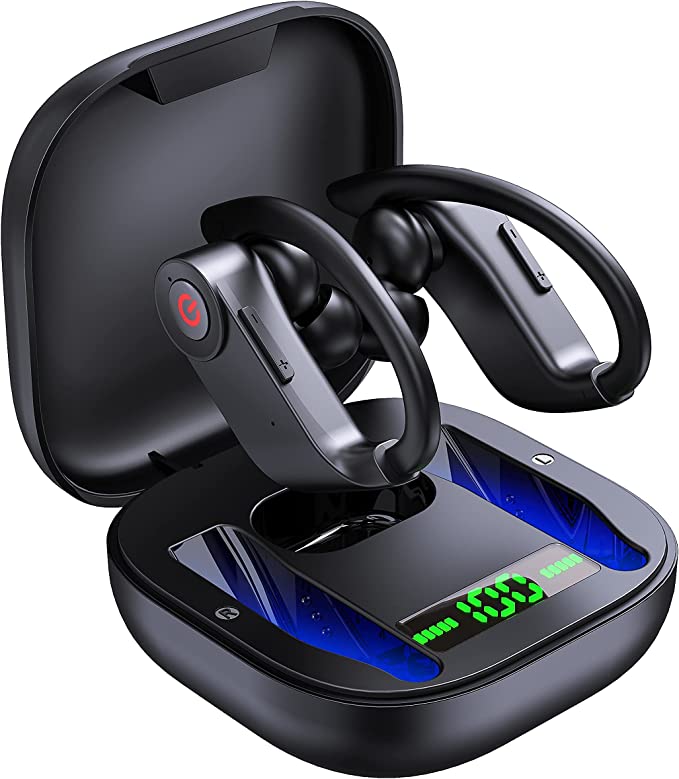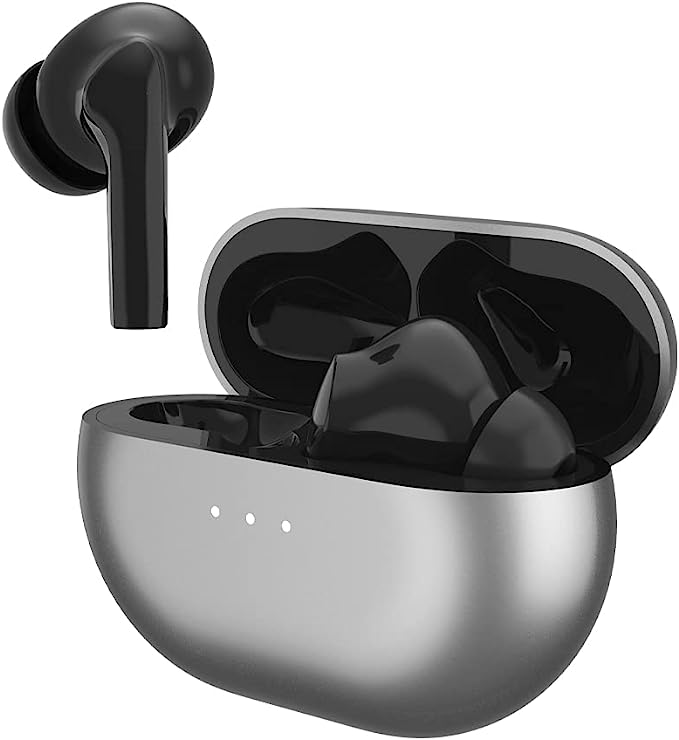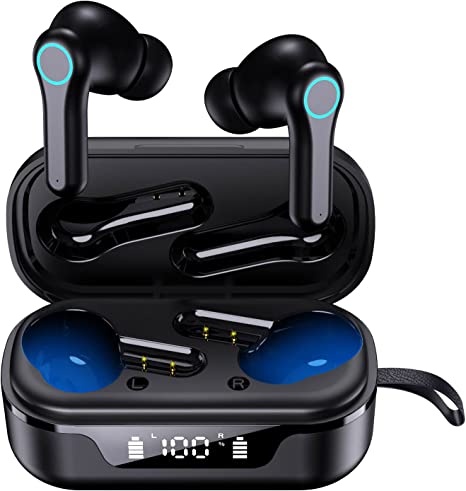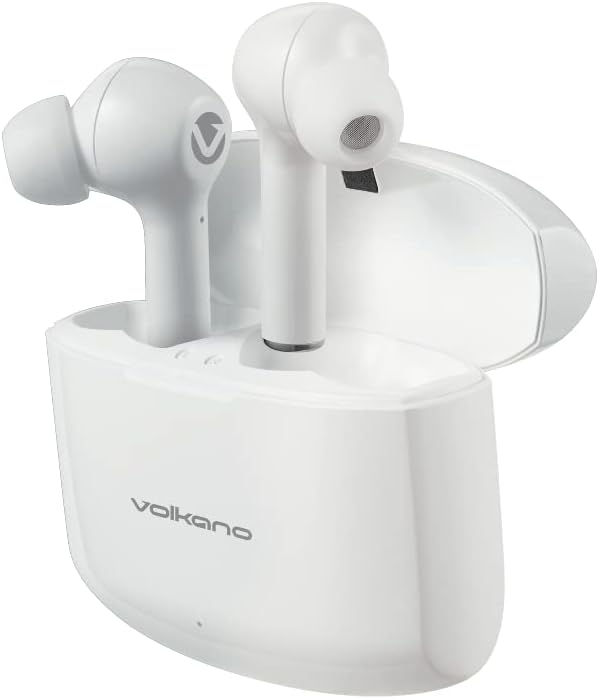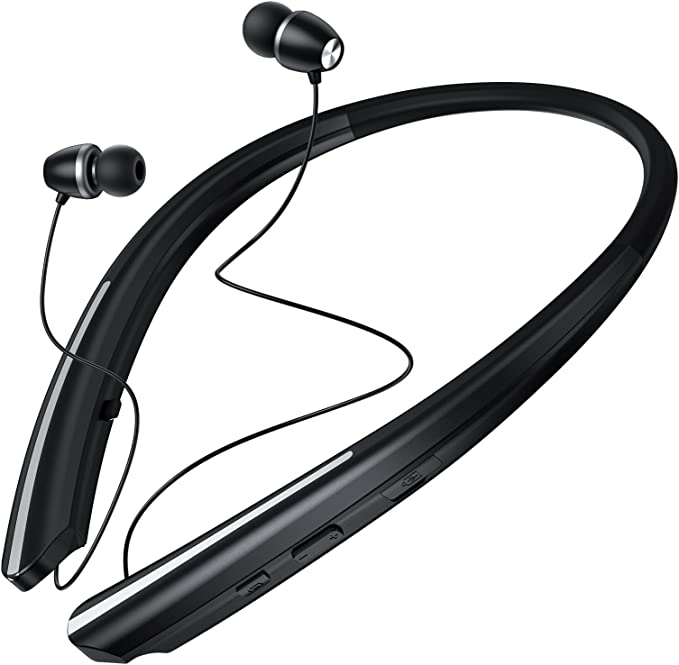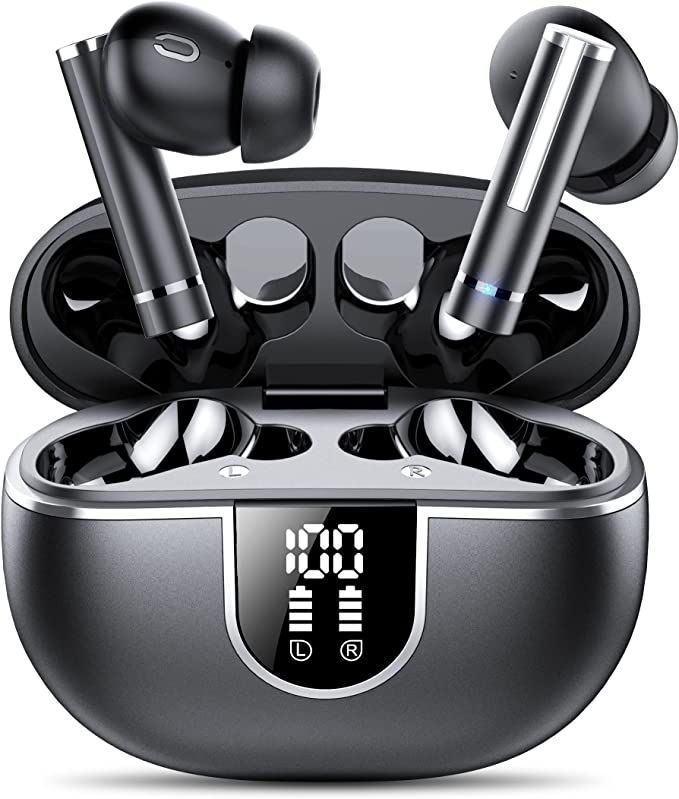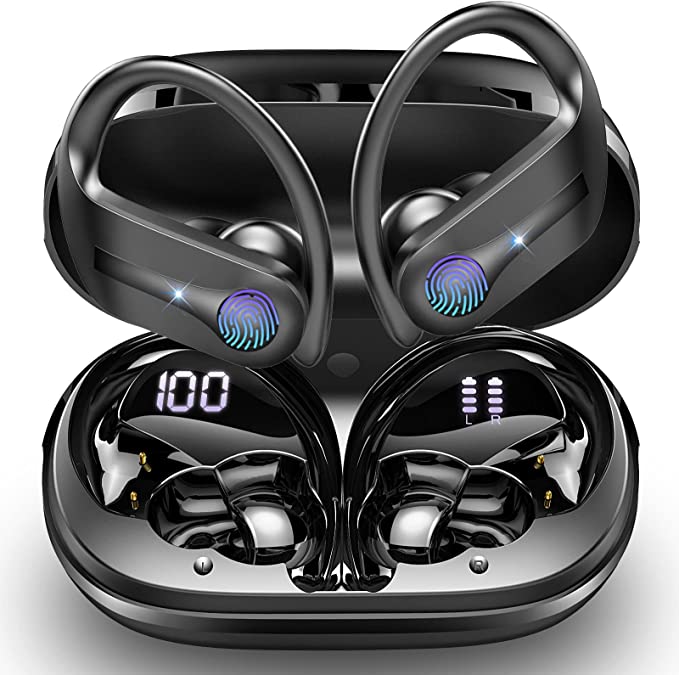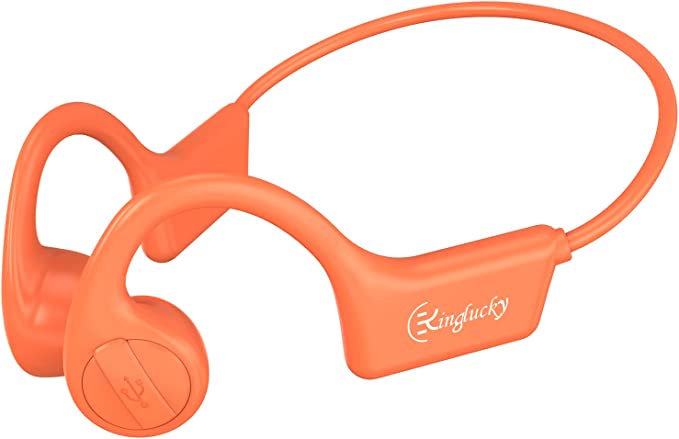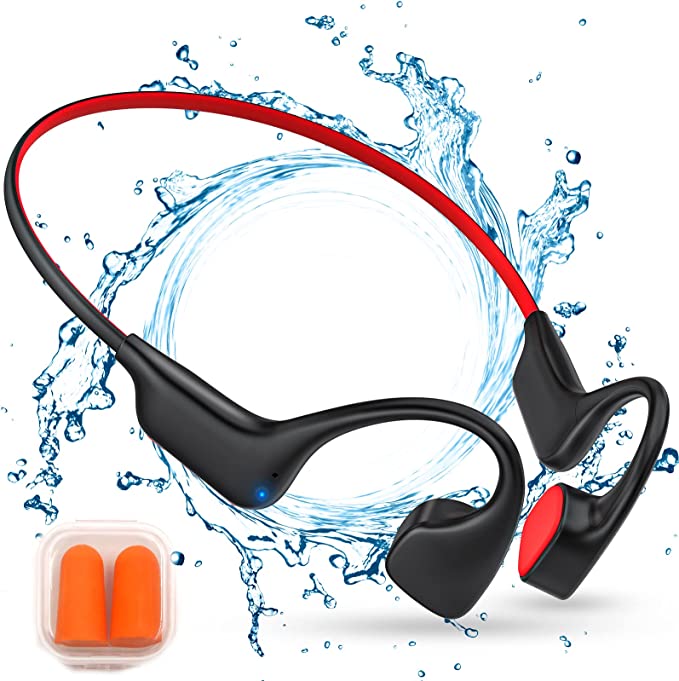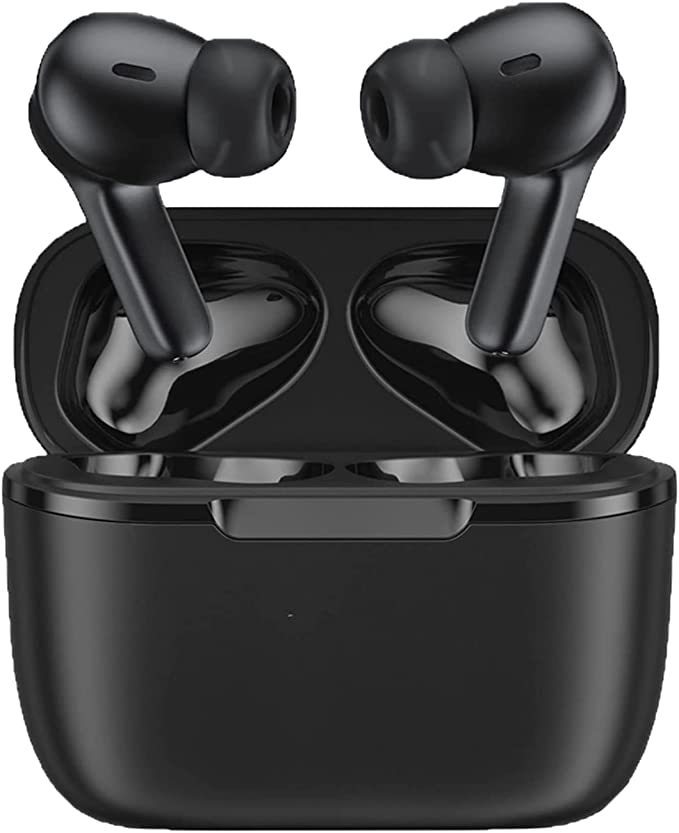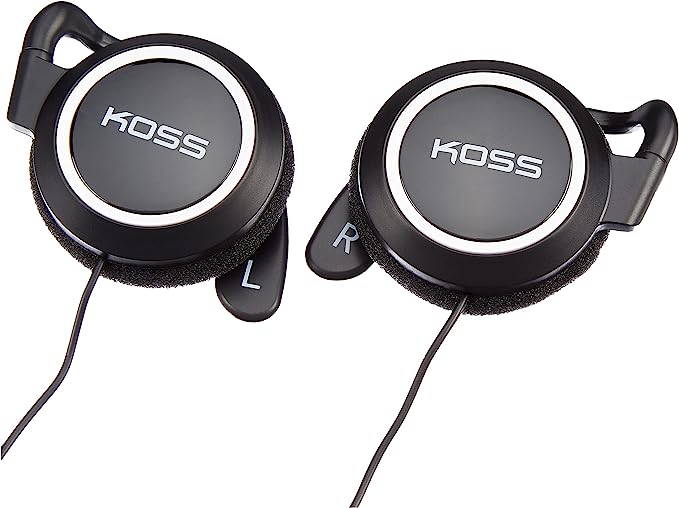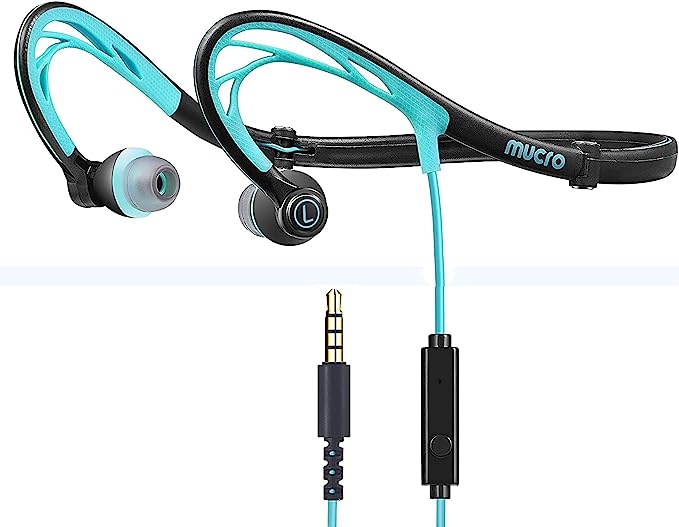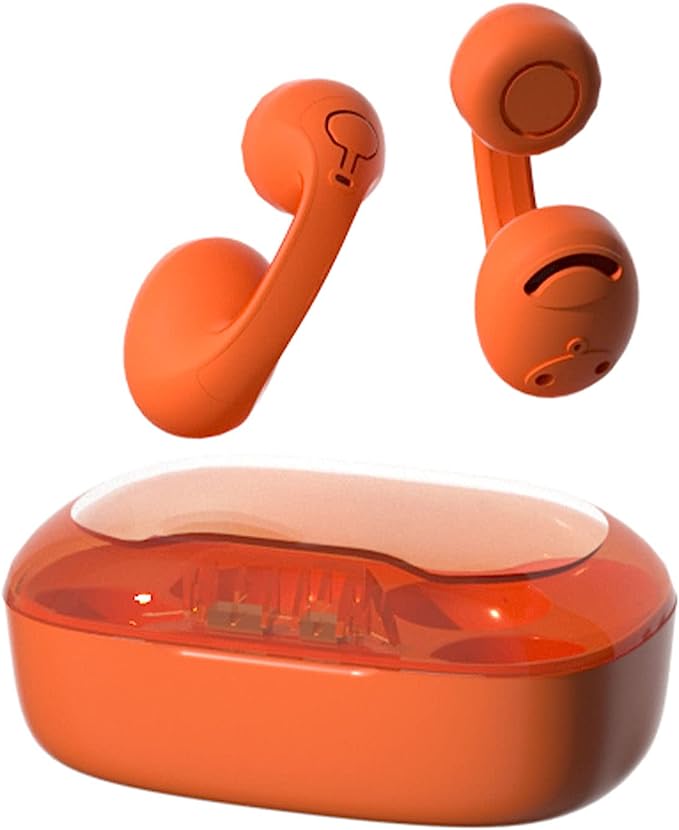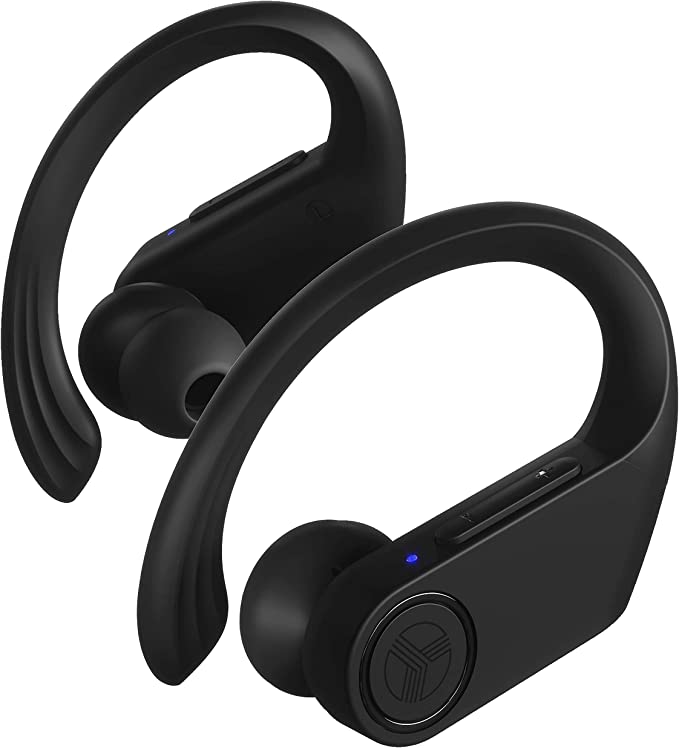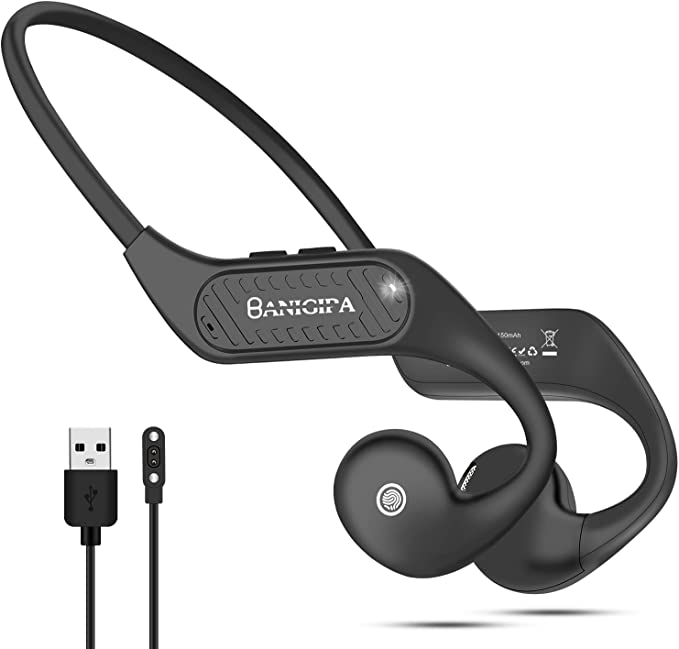Able Planet BT400B True Fidelity Behind the Head Sport Bluetooth Headphones - Black – Product
Update on July 3, 2025, 5:52 a.m.
Have you ever found yourself mid-run, battling tangled headphone wires, or perhaps wrestling with earbuds that just won’t stay put? It’s a common frustration for anyone who integrates audio into their active lifestyle. While today’s market is flooded with countless wireless options, let’s rewind to 2012, a pivotal year for wireless technology. That’s when Able Planet introduced the BT400B True Fidelity Behind the Head Sport Bluetooth Headphones, a product that, even now, offers fascinating insights into the engineering trade-offs and scientific principles behind designing audio gear for movement.

The Art of Lightness: Engineering for “Near Weightless” Comfort
Imagine a headphone so light, it feels almost imperceptible. The Able Planet BT400B achieved this with an astonishing item weight of 0.01 ounces (approximately 0.28 grams). From an engineering perspective, this isn’t just a number; it’s a testament to meticulous material selection and structural design. Achieving such a low mass while maintaining durability for active use requires a deep understanding of polymer science and stress distribution. Polymers like lightweight plastics and rubbers, often reinforced for tensile strength and flexibility, would have been chosen to form the thin, yet resilient, frame and earcups. This featherlight construction, combined with the behind-the-head style, leverages the natural contours of the wearer’s head, distributing the minimal load evenly across a larger surface area. This approach, rooted in biomechanics, significantly reduces pressure points, making the headphones incredibly comfortable for extended periods—a crucial factor for athletes or commuters.
The clever foldable design further underscores its user-centric engineering. By allowing the earcups to pivot inward towards the headband, the headphones transform from an expansive listening device into a compact unit. This isn’t merely a convenience; it’s a design decision aimed at protecting the device from physical stress during transport, embodying the principle of space optimization in portable electronics. The included travel pouch acts as a soft shell, a simple yet effective barrier against scratches and minor impacts, highlighting a holistic approach to product longevity.

LINX AUDIO: A Glimpse into Psychoacoustic Engineering
At the heart of the Able Planet BT400B’s audio experience lies its patented LINX AUDIO Technology. This isn’t just about making sound louder; it’s an intelligent application of digital signal processing (DSP) combined with psychoacoustics, the scientific study of how humans perceive sound. Unlike traditional audio amplification that uniformly boosts frequencies, LINX AUDIO aims to optimize sound based on human auditory perception. It intelligently processes audio signals to enhance speech clarity, making conversations, podcasts, and audiobooks crisper and more intelligible, especially in noisy environments like a bustling gym or a busy city street. This is achieved by subtly adjusting the frequency response in real-time, targeting the most critical vocal ranges.
Furthermore, LINX AUDIO claims to enhance bass response, providing a fuller, richer sound without sacrificing clarity. This is often accomplished by using sophisticated algorithms that can perceive and selectively amplify lower frequencies without introducing distortion, a common challenge in smaller audio drivers. While “True Fidelity” is a lofty claim, LINX AUDIO’s focus on clarity and balanced sound, rather than just raw power, aligns with principles of auditory comfort and reduced listening fatigue. User feedback often highlights its effectiveness for spoken word, even if dedicated audiophiles might seek deeper “depth” for complex musical compositions. It’s a pragmatic engineering solution, recognizing that for an active user, clear communication and intelligible content are often as vital as musical enjoyment.
Bluetooth 2.1: The Wireless Backbone of 2012
The Able Planet BT400B communicates wirelessly via Bluetooth 2.1, a standard that, in 2012, represented the cutting edge of consumer wireless connectivity. Bluetooth technology, a global standard for short-range wireless communication, operates on the 2.4 GHz Industrial, Scientific, and Medical (ISM) radio band. Bluetooth 2.1, specifically, included Enhanced Data Rate (EDR), which significantly boosted data transfer speeds up to 3 Mbps compared to its predecessors. This meant quicker pairing and more stable audio streaming.
The typical operating range of Bluetooth 2.1 devices is around 30 feet (approximately 9 meters), sufficient for maintaining a connection between your phone in your pocket and the headphones on your head, or leaving your device on a gym bench while you work out nearby. While newer Bluetooth versions (like Bluetooth 4.0 with Low Energy or Bluetooth 5.0 with extended range and speed) have since revolutionized wireless audio, the BT400B’s reliance on Bluetooth 2.1 meant it offered reliable connectivity for its time. However, as noted by some users, the older standard could be susceptible to interference in environments saturated with other wireless devices, a common challenge for all wireless technologies sharing frequency bands.
The built-in microphone on the BT400B transforms it into a hands-free communication device. Microphones convert sound waves into electrical signals, allowing voice transmission. While generally clear for calls, the placement and type of microphone can influence its ability to filter out background noise, explaining user observations about picking up ambient sounds. This highlights a fundamental challenge in audio engineering: balancing clear voice pickup with environmental noise reduction, particularly in compact, un-boomed microphone designs.
Powering Endurance: The Science of Long Battery Life
For a device designed for on-the-go use, battery life is paramount. The Able Planet BT400B boasts an impressive 20 hours of continuous playback per charge, coupled with an astounding 500 hours of standby time. This level of endurance, especially for a Bluetooth device from 2012, was a significant achievement, indicative of efficient power management and intelligent battery chemistry.
Most portable electronic devices, including these headphones, rely on lithium-ion (Li-ion) batteries. These batteries are favored for their high energy density (meaning more power stored per unit of weight) and relatively long cycle life. The BT400B’s extended playback time suggests not only a decent battery capacity but also optimized power consumption by its Bluetooth module and audio processing unit. The concept of power efficiency is critical: minimizing the energy required for each operation extends the total usage time.
Furthermore, the feature of quick charging, providing about 1.5 hours of playback from a 30-minute charge, speaks to sophisticated battery management circuitry. This rapid energy transfer is achieved by carefully controlling the current and voltage during the charging phase, allowing for a faster initial charge to get the user back to their activities sooner. While a minor inconvenience for some, the proprietary charging connector (rather than the more ubiquitous micro-USB) was a design choice that, while common at the time, has since been largely superseded by standardized connectors for user convenience.
Intuitive Interactions: Engineering the User Experience
Beyond its core technological components, the Able Planet BT400B integrates several thoughtful design elements that enhance daily interaction. The one-touch controls located on the earcup are an excellent example of human-computer interaction (HCI) design focused on simplicity. Rather than fumbling for a paired device, users can instinctively manage calls, music playback, and volume. This ease of use is particularly valued during physical activity when complex controls can be a distraction or safety hazard.
A subtle yet unique feature is the glowing star indicator. This illuminated symbol serves as a clear visual cue for connectivity, signaling successful pairing and readiness for use. When the battery is low, it flashes red, providing an unmistakable warning. This visual feedback mechanism is a fundamental principle in interface design, offering quick, at-a-glance information that reduces cognitive load on the user.
In essence, the Able Planet BT400B, through its lightweight design, adaptive audio technology, reliable wireless connectivity, and user-friendly controls, represents a considered engineering solution for the active audio enthusiast of its era. It’s a fascinating example of how scientific principles in acoustics, materials, and electrical engineering converge to create a product that enhances daily life, reminding us that even seemingly simple devices are often complex symphonies of innovation.
